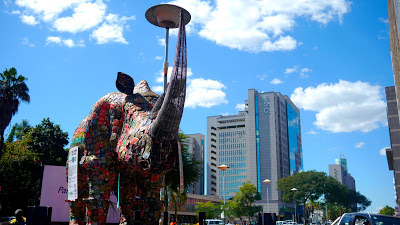
The Harare International Festival of the Arts
Our wonderful trip through Southern Africa involved careful planning, endless research, a large dose of wanderlust and a bit of luck.
Sure, even without the extra bit of luck, we would have had a fantastic time, but arriving in Harare while HIFA (Harare International Festival of the Arts) was in full swing was just about the luckiest thing that could have happened to us.
We were not expecting to spend much time in Harare. I had wanted to stop by the city briefly to visit my friend from Macalester, but I expected to remain in Zimbabwe’s capital for a short overnight in transit from Masvingo to Lusaka. However, when I told my friend, Ana, that I would be in Zimbabwe toward the beginning of May and that I would love to pay her a visit, she informed me that I would be in the country in perfect time to experience one of Africa’s greatest festivals–HIFA.
It did not take a lot of persuasion to convince my friends to spend a few days in Harare for the festival. Two of my travel companions majored in art and one was heavily involved in theater at her university, so the prospect of visiting one of the greatest gatherings of artists on the continent was certainly appealing to all of us.
We left Masvingo on May 4th, after spending a few hours wandering around the ruins of Great Zimbabwe. The bus ride to Harare took us along windy mountain roads, through green hills and past traditional villages. It took about five hours to reach Harare.
When we arrived in the capital, my friends and I were surprised to see such a cosmopolitan and modern city. The city center contained tall skyscrapers and everywhere, people scurried around the streets in a frenzy that I had not seen since my afternoon in New York City six months prior. I was certainly a bit overwhelmed by the chaos and disoriented by the sheer number of people around me.
When we arrived at the bus station, my friend and her boyfriend picked us up and drove us to Ana’s family’s house in a quiet residential suburb of the city. Her house is a beautiful, white villa, complete with a green lawn, tennis courts and blooming flowers.
We spent a few hours at Ana’s house, chatting, sipping coffee and washing off the layer of grime that had accumulated on our bodies over the course of our travels.
After a few hours’ rest, we met with a group of Ana’s friends and went to downtown Harare for HIFA, where we spent an evening enjoying beautiful art, listening to music and dancing.
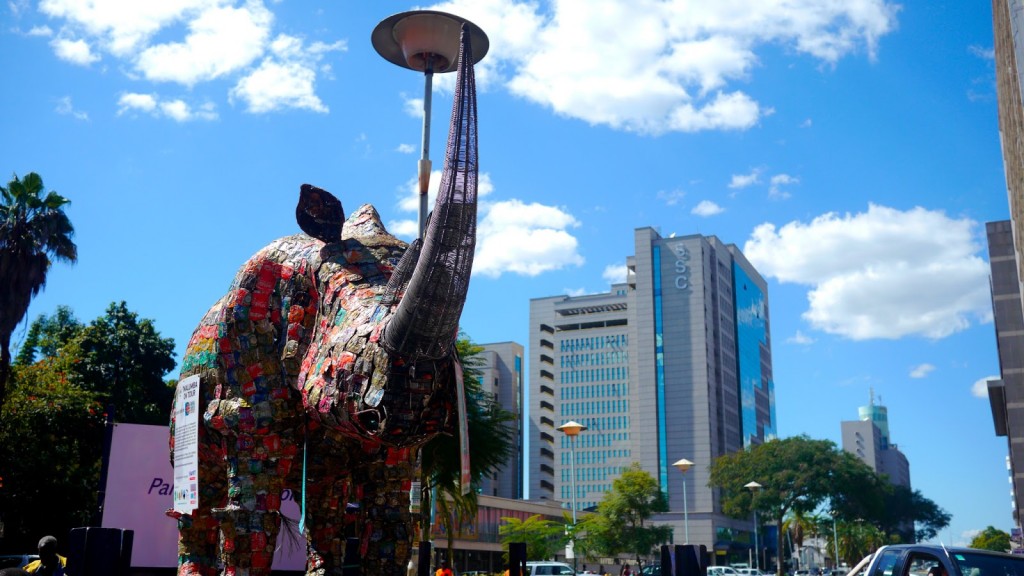
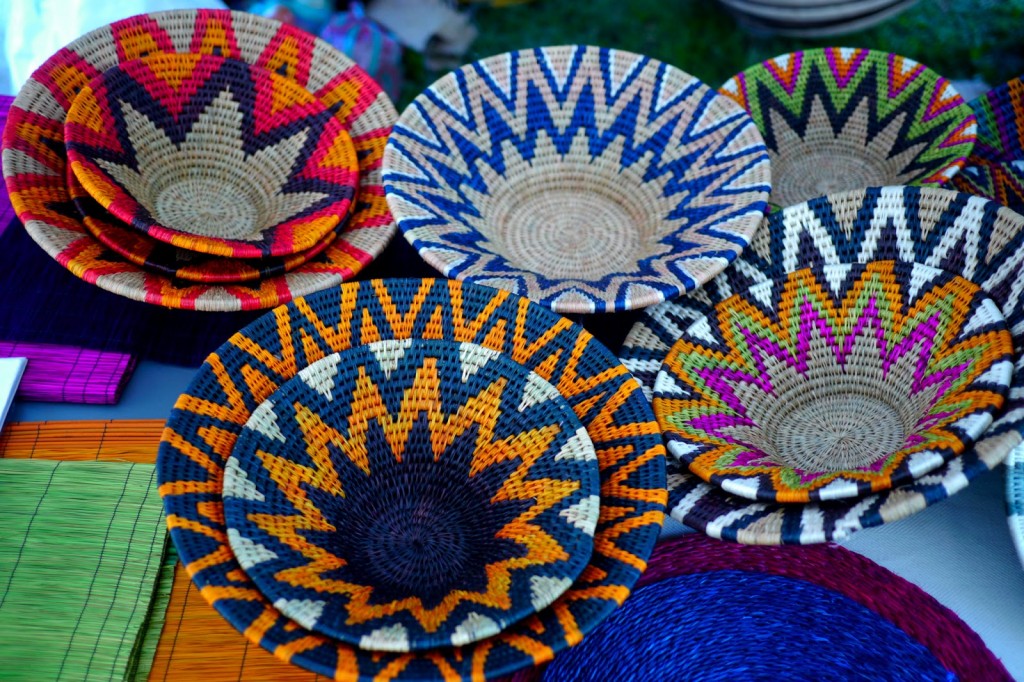
HIFA is an annual event that lasts for roughly a week each May. The festival highlights the beauty of Zimbabwe and seeks to shed the negative stereotypes of the country.
HIFA began in 1999 and has endured a tumultuous decade of political instability and deteriorating living standards. It weathered the devastating cholera outbreak that claimed thousands of lives in 2008 and witnessed a faltering economy that saw hyperinflation at 6.5 sextillion percent. The glitz and glamour of the festival has often been at odds with the reality that many people experience in the country. Yet, HIFA provides a break from the harsh realities of life and an excuse to experience the other side of Zimbabwe–a side that is beautiful and artistic and creative.
As writer Petina Gappah put it, “HIFA shows a Zimbabwe that works.” It shows the Zimbabwe that could have been, had it not been for the decades of colonial rule and government mismanagement of resources and funds.
It shows a Zimbabwe that is vibrant, colorful and integrated into the international community.
In fact, one of HIFA’s missions is to reveal this side of Africa to visitors. It takes the common acronym TIA (this is Africa) and turns it into TINA (this is new Africa). The festival aims to illustrate the wealth of art that has been produced on the continent and overseas–from handicrafts to spoken word and from theater to music.
Over the course of the festival, there were nearly 200 performances from over 30 countries. These ranged from Senegalese pop music to Japanese theater.
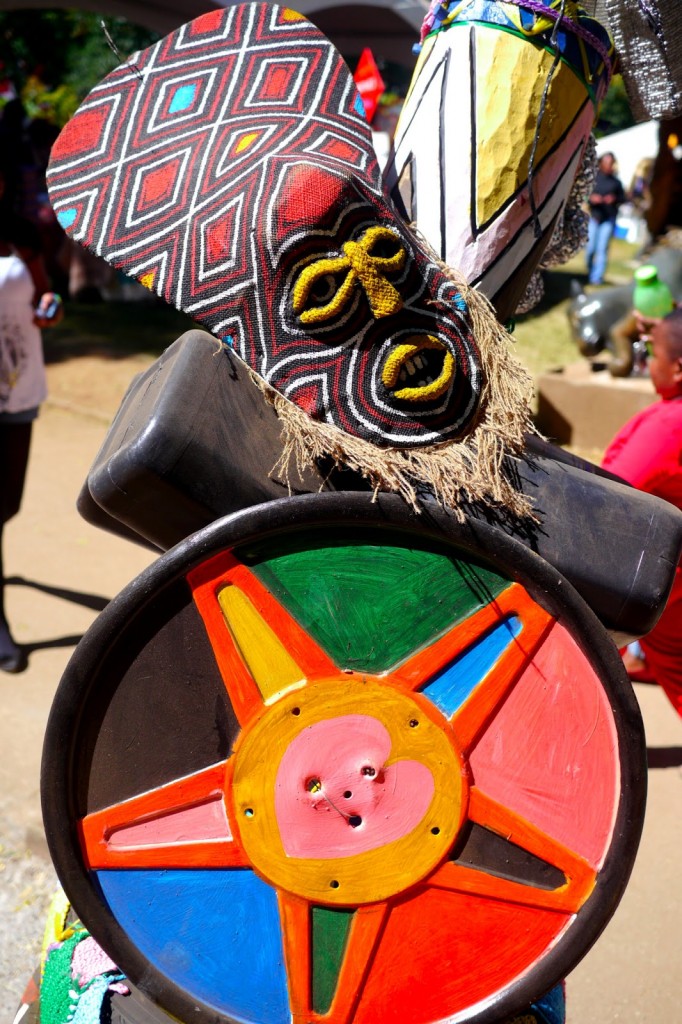
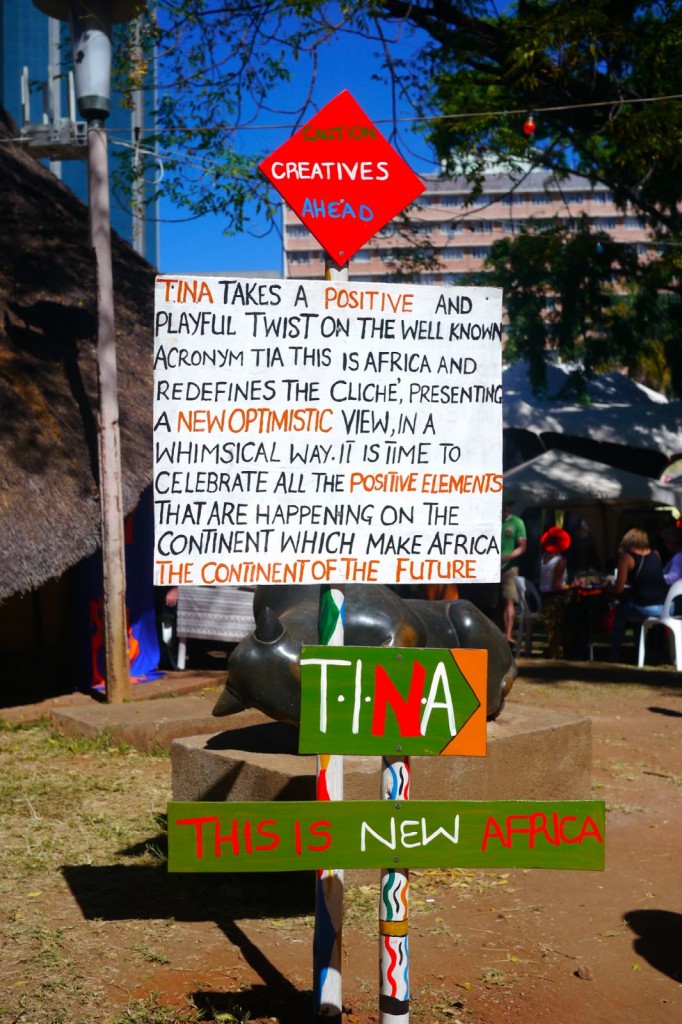
On our first evening at HIFA, my friends and I attended a performance by Senegal’s Baaba Maal. Baba Maal is one of the most beloved West African musicians and, though I had never heard of him or listened to his music before attending HIFA, I thoroughly enjoyed the concert.
May 5th was the last day of HIFA, so we spent it at the festival, eating our way through the delicious international food stands, sitting in the shade and admiring the beautiful artistic displays around us. For the first time since I had arrived in Africa, I ate Middle Eastern shawarmas and Indian curry. I realized how much I missed indulging in such a wide variety of cuisines. It took a great amount of self-control to stop myself from eating all day.
In the evening, we saw another wonderful musical performance. We had purchased tickets to see Makumba and Friends, which was the closing show of the festival. The music group is from Victoria Falls, Zimbabwe, and their songs are amazing. My friends and I agreed that the group sounds like an African version of the Red Hot Chili Peppers, though their songs also have an infusion of other musical styles. One song even had a guest performer playing the didgeridoo.
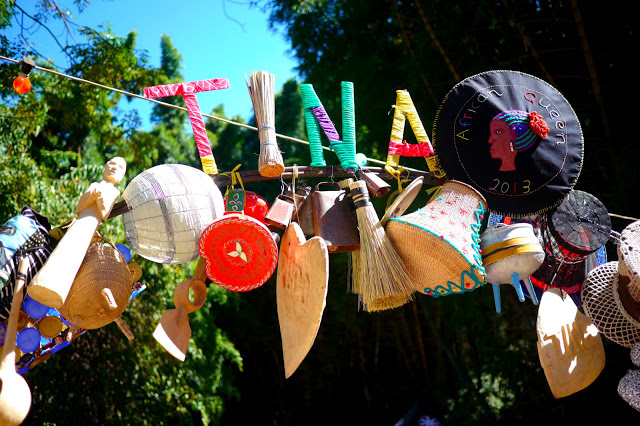
The Harare International Festival of the Arts was a perfect unexpected ingredient to our travels to Zimbabwe. It exposed us to a Zimbabwe that was hopeful and full of artistic beauty.
It fed our love for the country and its people and, in the end, made it all the harder to leave.


